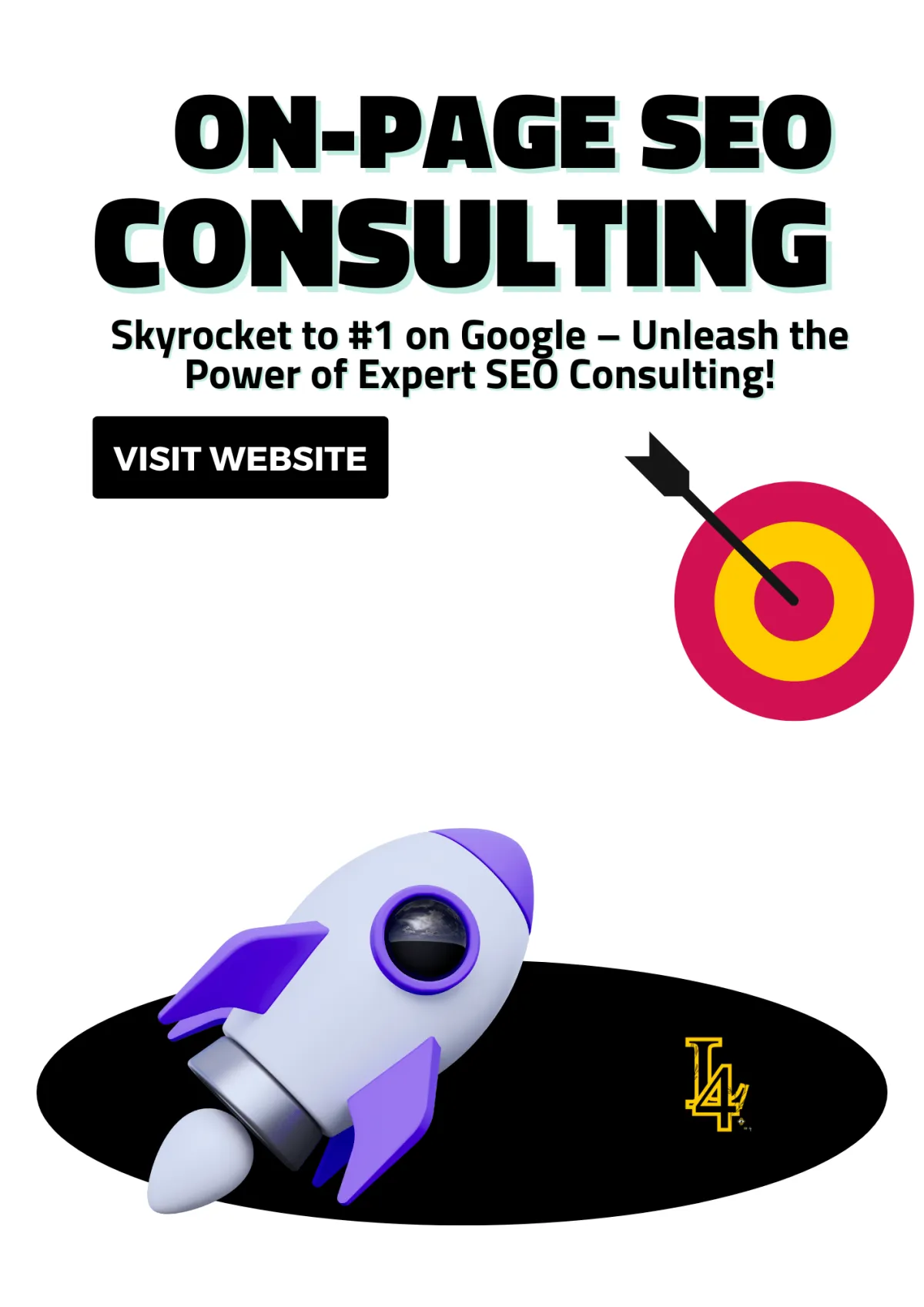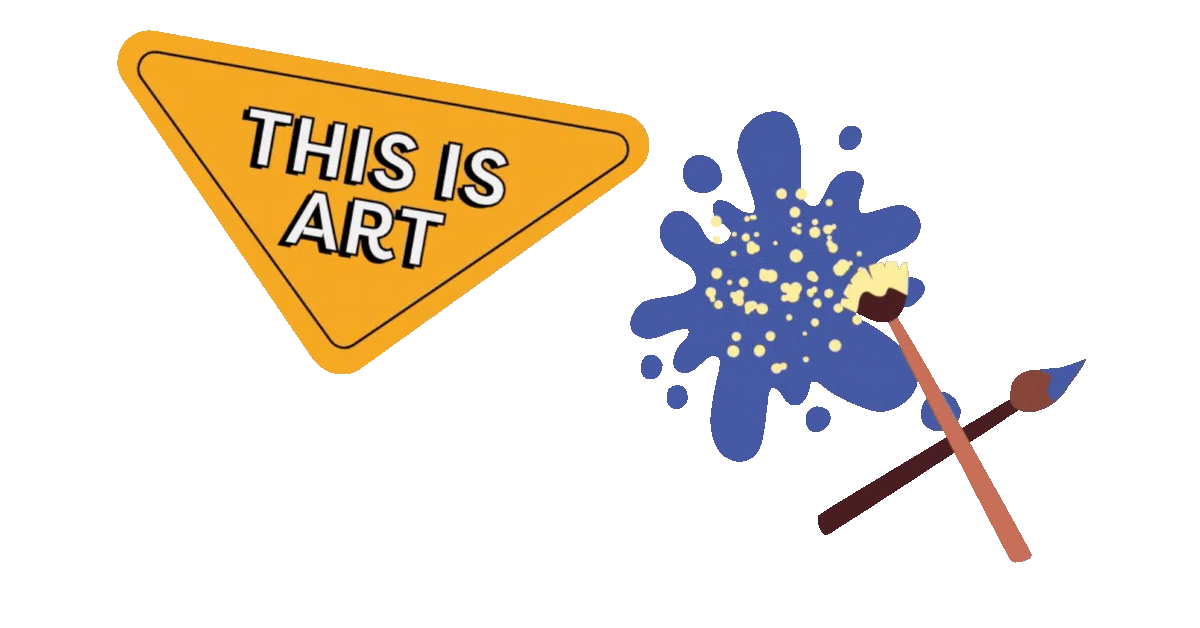
How I Deleted Myself from the Internet (And Helped Clients Disappear, Too)
If you’ve ever wanted to disappear from the internet, I get it — because I’ve done it.
Not because I had something to hide, but because I was tired of having my personal info, photos, and past mistakes floating around for anyone to find.
From data brokers to old social accounts, the web remembers everything — unless you take control.
I’ve personally walked through the process of deleting my digital footprint — and I’ve helped clients do the same, from tech execs to everyday folks just wanting their privacy back.
Here’s exactly how to delete yourself from the internet — or get as close to invisible as possible.

How I Deleted Myself from the Internet (And Helped Clients Disappear, Too)
❓Why Would Someone Want to Delete Themselves Online?
🔎 Step-by-Step: How I Deleted Myself from the Internet
✅ Step 2: Delete or Deactivate All Accounts
✅ Step 3: Opt Out of People Search Sites
✅ Step 4: Request Removal from Search Engines
✅ Step 5: Scrub Old Content (Or Bury It)
✅ Step 6: Remove Yourself from Data Brokers
✅ Step 7: Replace Real Info with Decoys
🧠 What You Can’t Remove (But Can Bury or Control)
🧱 How I Help Clients Disappear (or Rebuild)
🛠 Tools I Use to Delete Digital Footprints
🧭 Final Word: You Can’t Erase Everything — But You Can Take Control
❓Why Would Someone Want to Delete Themselves Online?
Let’s be clear — not everyone wants to go full ghost. But there are legit reasons people do:
You’ve been doxxed or harassed
You’re applying for a high-security job
You’re escaping a toxic relationship
You value privacy more than popularity
You just don’t want your personal life being public
In my case, I just wanted to reset. Too much old content, too many accounts, too little control.
🡒 Want to start with a cleanup instead? Here’s how I removed my address online
How I Removed My Personal Address from the Internet (And How You Can Too)
🔎 Step-by-Step: How I Deleted Myself from the Internet
This is the same process I use with clients when they want to scrub their presence completely.
✅ Step 1: Google Yourself
Search your name in quotes:
“First Last”
Then try with your city, job title, username, or any aliases.
Make a list of:
Social media profiles
Blog posts
Comments
Photos
Business listings
Mentions in articles
✅ Step 2: Delete or Deactivate All Accounts
Go after every account you’ve ever created:
Facebook, Twitter/X, Instagram, TikTok
Reddit, Pinterest, Medium, YouTube
Forums, dating apps, past jobs, niche sites
Use a tool like JustDelete.me to find direct deletion links.
Pro tip: Don’t just deactivate — delete if possible.
✅ Step 3: Opt Out of People Search Sites
This is where your personal info — like your address, phone number, and relatives’ names — lives.
Manually remove yourself from:
Whitepages
Spokeo
MyLife
Intelius
Radaris
BeenVerified
FastPeopleSearch
And 30+ others

✅ Step 4: Request Removal from Search Engines
Sometimes, even after you’ve removed content or asked a site owner to take something down, it still shows up in Google search results. That’s because Google caches (or saves) versions of pages — and those versions can linger for weeks or months unless you step in.
The good news? You don’t have to wait.
You can ask Google to remove or update search results tied to your name — and I’ve done this successfully for myself and for clients who wanted outdated or sensitive content deindexed.
Here’s how.
🔧 Use Google’s “Remove Outdated Content” Tool
If a page has been deleted or edited, but still appears in search:
Go to Google’s Remove Outdated Content tool
Paste the outdated URL
Submit a request for removal from search
I’ve used this to remove:
Old bios that were taken down but still indexed
Pages that had incorrect info now updated
Cached snippets that still displayed private details
Pro tip: You don’t need to “own” the content — you just need proof it’s outdated or changed.

🔐 Request Personal Data Removal (Sensitive Info)
If the content reveals personal or sensitive information (like your home address, phone number, ID number, or financial details), you can submit a request under Google’s personal data protection policy.
Use Google’s Personal Info Removal Request form if the content includes:
Your home address
Government ID numbers
Bank account details
Medical records
Explicit images or non-consensual content
It’s a longer process, and Google may ask for proof or context, but in my experience, they do take these requests seriously.
🖼 Use Google’s Image Removal Tool for Inappropriate or Sensitive Photos
If an image of you is:
Outdated
Embarrassing
Posted without permission
Exposing personal or private details
…you can submit a request through Google’s Image Removal Request.
I’ve helped clients remove:
Street-view shots of their homes
Party photos from old Facebook uploads
Unflattering or inappropriate images from blogs or news articles
Keep in mind: if the image is still live on the original site, you’ll need to request removal from the source first, then submit to Google.
🌍 Use “Right to Be Forgotten” in Certain Countries
If you're in the EU (or certain countries with similar laws), you may have the legal right to be deindexed for content that is:
No longer relevant
Damaging to your reputation
Outdated or inaccurate
This is known as the Right to Be Forgotten.
Google allows EU residents to submit a formal request for removal via this form.
I’ve used this for a European client who had an old news article about a resolved legal matter — it was successfully removed from Google results within three weeks.
🔍 Important: This Doesn’t Delete the Content — Just the Link
Google doesn’t control the websites hosting the content. What you’re doing here is asking them to stop showing that content in search results, which is often enough to protect your reputation from casual Googlers or potential employers.
🡒 Want to combine this with a broader cleanup strategy? Check out my personal PR and reputation tools

✅ Step 5: Scrub Old Content (Or Bury It)
If you can’t delete it, try one of these:
Contact the site owner and politely request removal
Push it down in search with new, positive content
Update it to remove identifying info
Turn off indexing (if you own the site)
🡒 Learn how I suppress unwanted results with smart personal PR → Guide Below
✅ Step 6: Remove Yourself from Data Brokers
Even after you delete accounts, your data can still live in public and private records.
Opt out of:
Acxiom
Oracle
LexisNexis
CoreLogic
ZoomInfo
These companies sell your data to advertisers, credit bureaus, and more.
✅ Step 7: Replace Real Info with Decoys
If you can’t fully delete something — like a domain registration — replace it with a PO Box, virtual address, or dummy profile.
You’ll still meet the platform’s requirements but without exposing your actual info.
🡒 I used this approach when removing my home address online → Full guide Below
✅ Step 8: Stay Off the Radar
Going forward:
Use aliases or initials
Don’t overshare on public forums
Use a VPN and privacy browser (Brave, Firefox with extensions)
Create burner emails for accounts
Avoid linking your real name unless absolutely necessary
🧠 What You Can’t Remove (But Can Bury or Control)
Some things just won’t disappear:
Court records
Certain public filings
Archived websites (like on the Wayback Machine)
Posts on platforms you don’t own (if they refuse removal)
That’s when I use reputation suppression tactics — creating new, SEO-optimized content to push bad results down.
🧱 How I Help Clients Disappear (or Rebuild)
Helped a former executive remove personal data from 40+ data sites
Worked with a teacher to delete 12 old social profiles and clean up image results
Helped a domestic violence survivor go dark online within 2 weeks
Cleaned up a freelancer’s old blog and helped them rebuild under a new brand name
🛠 Tools I Use to Delete Digital Footprints
[Your Software Name] – Auto-monitors and flags new exposures
Google Alerts – For name or content mentions
JustDelete.me – Quick links to deletion pages
Wayback Machine Remover (DMCA) – For archived content removal
Firefox + uBlock + VPN – To stay private going forward
🧭 Final Word: You Can’t Erase Everything — But You Can Take Control
If your goal is to delete yourself from the internet, just know this:
It’s possible to scrub most of your data, kill your old accounts, and stop your info from spreading — if you follow a system.
And if you don’t want to go full ghost, you can still clean up your name and start fresh with a tighter, more private online presence.
🡒 Want help scrubbing your info? Check out my privacy and protection services
🡒 Need a softer approach? Start with personal reputation management

More Online Reputation Articles
Online Reputation Specialist Shares Secrets to Boosting Trust & SEO Rankings
Can Businesses Pay Yelp to Remove Bad Reviews?
No Cap: How to Avoid Bad Reviews with Happy Customers
Brand Reputation Management
The Shocking Truth About Measuring Reputation (Most Businesses Get It Wrong!)
Brand Reputation Marketing Secrets: How to Sell Without Saying a Word
Why Brand Reputation Management Is the New King of Business Growth
Protect Your Brand Reputation Before It’s Too Late (5 Moves You Must Make)
The Reputation Management Checklist That Saved My Business (Use This Before It's Too Late)
How Reputation Analysis Helped Me Save My Business (and My Sanity)
Personal online reputation management
21 Online Reputation Tips That Changed the Game for Me and My Clients
How I Built My Personal PR Strategy from Scratch (And Got the Right People Talking)
How I Deleted Myself from the Internet (And Helped Clients Disappear, Too)
How I Got My Name Off Google (And Helped Clients Clean Theirs Up Too)












